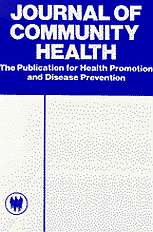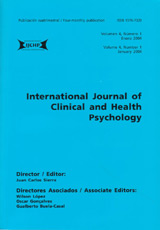Resumen
Chemsex entails potential risks that may lead to medical emergencies. This cross-sectional study analyzed data from an
anonymous, self-administered online survey on substance use among 1,203 sexual minority men (SMM) who engage
in chemsex in Spain. The study aimed to determine the proportion of chemsex users that have sought emergency care
following a session, identify their reasons for consultation, examine associated sociodemographic factors, and assess the
proportion who felt they should have sought emergency care but did not. Frequencies of emergency consultations following chemsex sessions and episodes where participants felt they should have sought care but did not were calculated.
Associations between seeking emergency care and sociodemographic and substance use factors were analyzed using
Poisson regressions. Reasons for consultation were categorized based on responses to an open-ended question. 15.4%
(95%CI:12.9–17.8) of chemsex users sought emergency care to request HIV post-exposure prophylaxis (PEP), and 4.0%
(95%CI: 2.9–5.1) for other reasons. However, 21.8% (95%CI:19.3–24.2) did not seek care despite feeling they should
have. The most common reasons for consultation were overdose symptoms, STI symptoms, and trauma. Living in smaller
towns was associated with 2.4 times lower likelihood of visiting emergency services (95% CI:1.2–5.0). Injection substance
use and mephedrone use were associated with 2.7 (95%CI:1.2–5.9) and 2.3 (95%CI:1.0–5.2) times higher likelihood of
seeking care, respectively. Emergency visits for reasons other than requesting PEP were infrequent among chemsex users;
however, a notable percentage felt they should have sought care but did not. Risk reduction strategies should prioritize addressing injection use and mephedrone consumption.






